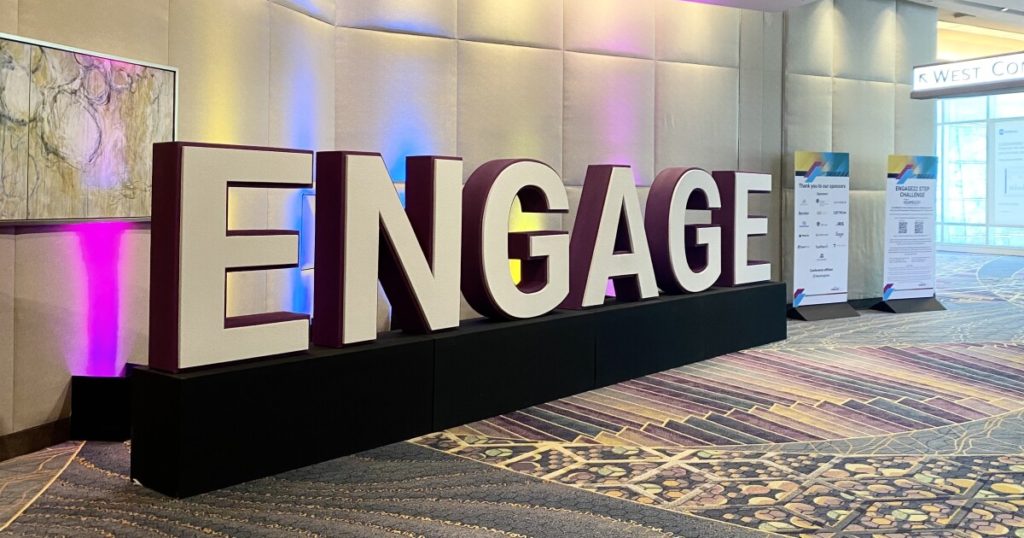AI bolstered by tech advances in other areas


When people talk about artificial intelligence, what they’re really talking about is the ecosystem of different technologies — like machine learning and natural language processing — that must work in concert to produce viable outcomes, according to David Cieslak, the chief cloud officer and executive vice president at RKL eSolutions. Just how “smart” a program will be depends largely on the sophistication of these individual components. This is the case from AI’s lowest current applications to its highest.
“Thinking through all those different aspects and feature components of AI, it’s all of those working ultimately together to bring about a smarter, better, more informed outcome, and some of that could be very basic use cases, like spam filtering, and some could be more advanced,” he told attendees at the AICPA’s Engage conference, being held this week in Las Vegas.
Cieslak noted several recent developments of these technologies that, put together, will work to empower a consequent improvement in AI technology. For one, natural language processing — which allows computer programs to understand human speech holistically — has undergone vast improvements in just a short time, to the point where some programs are now capable of producing content that, to most, would appear as if written by a human being despite having had no human intervention in the process.
“You think a lot of the content we ingest every day — did someone generate that at a keyboard, or was it a machine, and do I have a perception of one versus the other? It’s gotten so good that a lot of output is automated,” he said.
Much of what people call AI today is really more like robotic process automation, where very simple tasks are broken down into discrete parts that can each be done by a computer. This, he said, is not really AI but it can act as a transition point towards eventually developing the kind of AI that people envision when thinking about the concept.
“When I think of AI and how it appears in products and services, it could be very simple where it’s not a very complex thing all the way to what the Hollywood movies are made about, where we think of deep learning. I want the computer to really dig in and understand big data and give me recommendations based on that data. So, [it’s not] AI, it’s more RPA–think macros, think automation in firms where I want to take some of these high-effort, low-volume tasks. Those are perfect for RPA. How do I [build on] that? That’s more of a gateway to AI,” he said.
These improvements go beyond the program itself and into the infrastructure that supports the program, such as cloud computing. Cieslak said that unless a company is connected to the cloud, it won’t really be able to access AI, since so much of it relies on connectivity because these programs work best when fed a lot of data.
“When you think of our internal systems, our local servers, they stand alone and won’t be able to do so much. [AI] relies on connectivity to the cloud. All we’ve been through in the last two years has been really helping drive digitization, which is really helping AI,” he said.
Computing resources have been a concern for this industry, and more and more companies migrate to cloud servers. While this has meant more and more things are connected, there remains the issue of the amount of stress put on the servers. Recently, he said, people have been looking towards what’s called “edge computing.” To relieve strain on cloud servers, edge computing moves more of the processing to the individual device. This serves to free up resources on the provider side of things, which, over time, can enable more sophisticated AIs.
Similarly, AI dependent on the cloud will be bolstered by improvements in its ability to connect to it in the first place. He pointed to the WiFi 6 standard as an example. While WiFi is not necessarily new technology, the new standard aims to deliver not only better speeds and more reliable connections, but extra security as well via the creation of individually encrypted channels between end user devices and wireless access points using the new standard. He found the fast adoption of the new standard, as evidenced by the growing number of devices that run on it, very encouraging. It is an example of prerequisite technology that goes on to enable other advances, such as AI.
“We have a lot of great technology, but we also need a lot of upgrades to enjoy it. It’s nice because it’s faster and can support more connections, that’s all good, but I would say it’s compelling — if not mandatory — because it gives us better security,” he said, noting that the new standard means less fear of connecting to public WiFi.
These advances in component technologies are coming at a very good time for accounting firms, according to Cieslak, as many of them are facing talent shortages. Automation, he said, is increasingly seen as a solution to this problem.
“When you think of the labor shortage going on, we could use some more automation to bring us relief to that entry-level task. How can we automate to help? I think there is continued effort in this area, and we’ll continue to see more output in that area,” he said.


